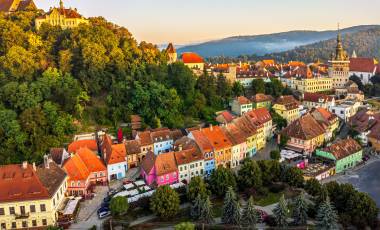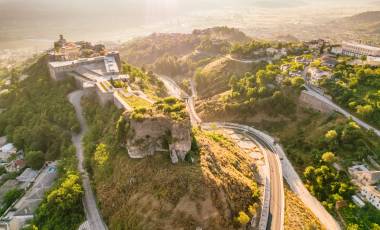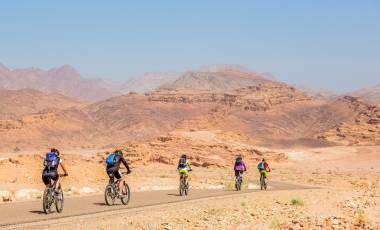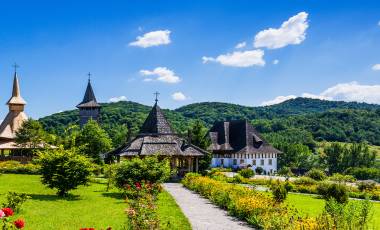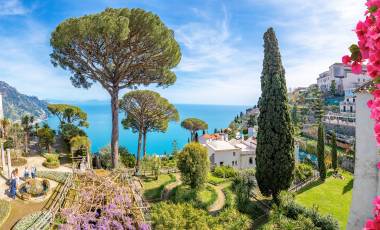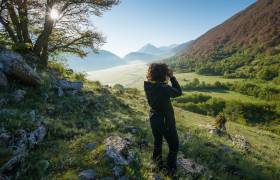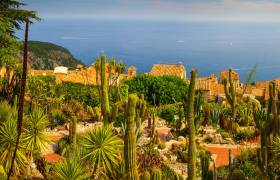Read time – 9 minutes
There are many magical stories linked to our world heritage. From the Lost City of Petra to Chichen Itza, these are age-old, inspired by real places, both natural and manmade wonders.
UNESCO World Heritage List
There are more than 1,000 monuments and natural wonders on UNESCO’s World Heritage list. Deemed to have “outstanding value to humanity,” they can be of either cultural or natural significance and are an irreplaceable source of life and inspiration. These are our legacy, to be cared for and passed on to future generations.
It is UNESCO’s mission to protect these sites for future generations to come. Visiting these sites is crucial to their continued preservation, as it brings custom to local people, and enshrines their importance.
By visiting these sites with Exodus, you too are promoting UNESCO values, as we work with local guides and local people to give you the best possible experience. These are the people who know the stories and legends that bring a place to life.
Travel with us and your local guide will help you uncover some of the world’s greatest myths of these legendary locations. Read on to discover a few of our favourites…
1 – Best For Tombs & Temples: Jordan
“Russet-coloured sand and rocks of the Wadi Rum, hills in the distance, and no human habitation or visible roads. It feels mystical, and the silence at the moment that the world turns from pre-dawn greys to blush pinks and oranges is incredible,” says Head of Product Andy Ross.
“Petra itself is a fabulous ghost town of ornately decorated tombs, temples and theatres. To fully appreciate the stunning remote location, join your guide at sunrise for a unique hike past Berber caves to a rocky outcrop overlooking the famous Treasury, giving you the best photo opportunities.”
Did you know: The lost city of Petra was “discovered” by a young Swiss explorer – disguised as a Bedouin – who was actually looking for the source of the Niger.
Find out more: Petra trips
2 – Best For Medieval Myths: Romania
“The most famous UNESCO site we saw on this trip was the medieval town of Viscri. Cycling among rolling hillside with ancient farmhouses, and fortified villages, it feels like you’ve gone back in time,” says Exodus Product Manager Dave Sear.
“Our guide arranged for us to go around the town by horse and cart, visiting all the people who’d been involved in its restoration. We visited the working blacksmith, the tiler and roofer. It was absolutely fascinating.”
Did you know: This is the best-preserved Saxon village in Romania, and there are still some Saxon inhabitants. Investment from the Mihai Eminescu Foundation has turned traditional buildings into guesthouses and helped establish a sustainable community here.
Find out more: Romania trips
3 – Best For Meeting the Locals: Indonesia
The terraced rice paddies, villages and water temples of Bali cover more than 19,500 hectares and are the focus of a cooperative water management system of canals and weirs – known as subak – dating back to the 9th Century.
Our leader Wira takes you right to the heart of the action. And we really mean that, “I take them into the very middle part of the rice field, using tracks made by farmers to carry rice to market. The farmers are happy to chat and share stories of the ancient irrigation system.
Sitting by your bike, sharing coffee and snacks with them is an unforgettable memory.”
Did you know: The subak is born of the cultural exchange between Bali and India over the past 2000 years. It brings together learnings from Buddhism and Hinduism and the resulting farming practices have enabled the Balinese to become the most prolific rice growers in the archipelago.
Find out more: Holidays to Indonesia
4 – Best For Rural Landscapes: Albania
Until the collapse of the People’s Socialist Republic of Albania in 1991, few people had glimpsed the country within, and Albania remains far less visited than neighbouring Greece.
Yet here you’ll find snow-capped mountains, inviting beaches, pretty rural villages, a genuine subsistence culture and an exceptionally friendly welcome.
Its quiet roads are perfect for cyclists, and we pay a visit to the ancient remains of Butrint. Located on the picturesque coastline, it’s one of the country’s most important archaeological sites, tracing its origins back to the Greeks and the Romans.
Did you know: Butrint has been inhabited since prehistoric times, but its ancient ruins date back to the 7th century BC when – according to classic mythology – Greek exiles moved here following the fall of Troy. It was later inhabited by Romans, Byzantines and Venetians.
Find out more: Trips to Albania
5 – Best For Mayan Ruins: Mexico
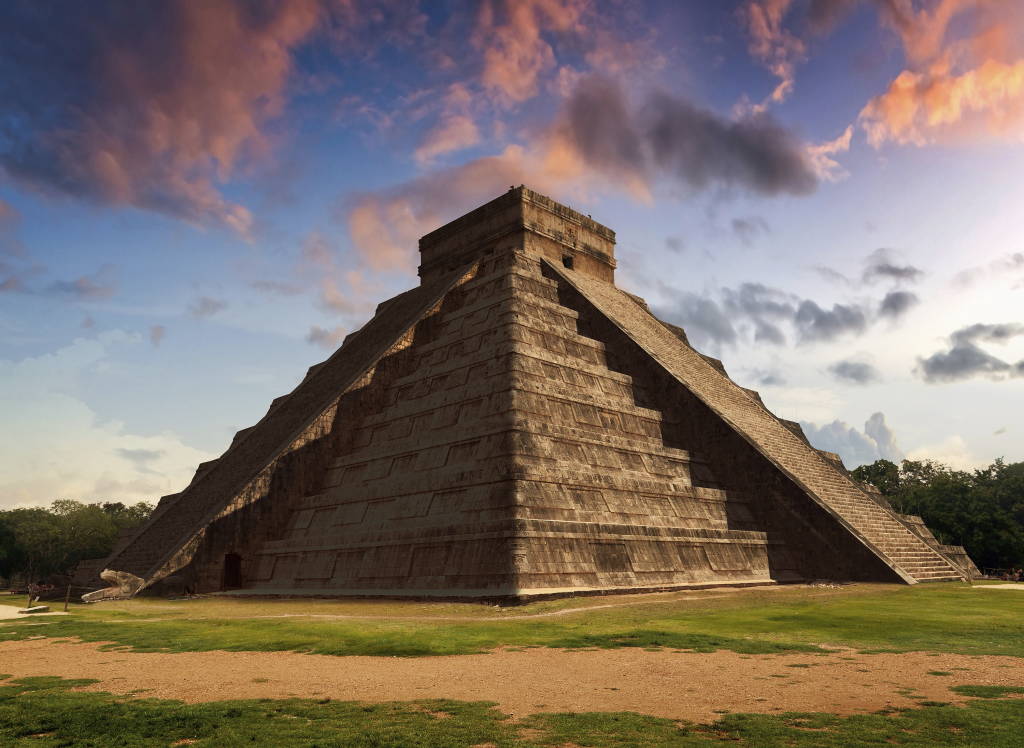 Kukulcán Pyramid
Kukulcán Pyramid
While Europeans were still living in the Dark Ages, the Mayan people had mapped the heavens, mastered mathematics and built elaborate city-states across Central America.
In the Yucatán Peninsula a lengthy cycle across flat landscape is rewarded with a visit to Chichen Itza, a sacred site and one of the largest Mayan centres.
Customer Malcolm May says, “It combined beautiful colonial towns, stunning Mayan sights, interesting villages offering a welcome stop for snacks, and lots of contact with local people.
Our guide Fernando had a wealth of knowledge about Mayan and local cultures which helped to make site visits an enriching experience. He was also a very good cycling guide with a welcome sense of humour.”
Did you know: The Kukulcán Pyramid at the centre of Chichen Itza was constructed so that each Spring Equinox the dying sun casts the shadow of a diamond-backed serpent, writhing down the steps of the pyramid.
Find out more: Mexico adventure tours
6 – Best For Lunar Legends: Indochina
A lost city containing hundreds of temples, linked by shady avenues, Angkor Wat is the largest temple complex in Asia. So, meandering your way by bike is easily the best option, and gives a unique perspective.
“You can get away from the crowds to explore further temples off the main tourist plot,” says Exodus Product Manager Megan Devenish. “The ‘road’ is also very very quiet so cyclists can ride together and in peace.
The local cafés are also worth a visit as they don’t receive much help from tourism because they are further out – which makes for a warm welcome from the locals!”
Did you know: It’s likely that Angkor Wat once served an important astronomical role. There are a dozen lunar alignments with Angkor Wat’s towers, indicating that people may have recorded the movements of the moon against the towers on top of the temple.
Find out more: Angkor Wat trips
7 – Best For Variety: Sri Lanka
Luscious Sri Lanka has such an abundance of ruins, temples, mountains and unique wilderness areas, that we visit five UNESCO World Heritage Sites here. And since the island is tiny, you can visit all of them on a two week holiday with beach time to spare.
But, says customer Angela Jackson, far better to go by bike. “The hill climb to Nuwara Eliya was amazing, and we saw wonderful birds and wildlife as we cycled.
There was incredible scenery and climbing at Sigiriya, and the ancient rock fortress there. I particularly liked the way this trip supports local families and businesses who provided some of the tea stops and enjoyed our guide Suresh’s stories.”
Did you know: Sigiriya means lion’s rock, named for the huge stone lion that once guarded the entrance to the fortress complex. It represents the synergy between nature and the human imagination.
Find out more: Trips to Sri Lanka
8 – Best For Coastal Treasures: Italy
Italy has 51 UNESCO sites, more than anywhere else in the world, so it’s no surprise that when you travel on our Italy Coast to Coast Ride: Puglia to Sorrento, you visit five. The Amalfi Coast, is one of Italy’s most celebrated. “Cycling takes some concentration as the roads are narrow and there are constant ups and downs,” says Product Manager Marta Marinelli.
“But each turn rewards you with a new vista and somehow the sea colour is everchanging. Combined with wafts of freshly cooked food and the smell of the sea drifting on the breeze, it’s a full-on sensory overload.”
On this trip you’ll also stay overnight in the historic centre of Matera, and there are guided tours of Paestum and in Padula, given by local experts.
Did you know: One of the things that we learn at Padula was about the monks’ isolation: they were permitted to visit the gardens and converse with one another for just one hour a month!
Find out more: Italy cycling trips

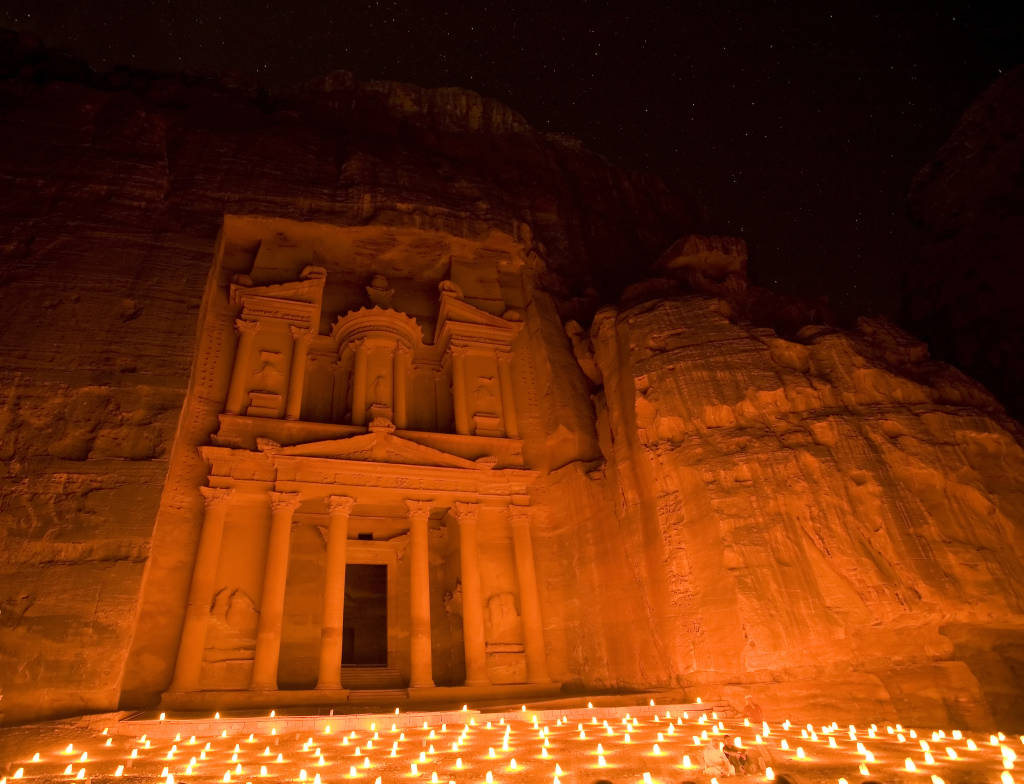
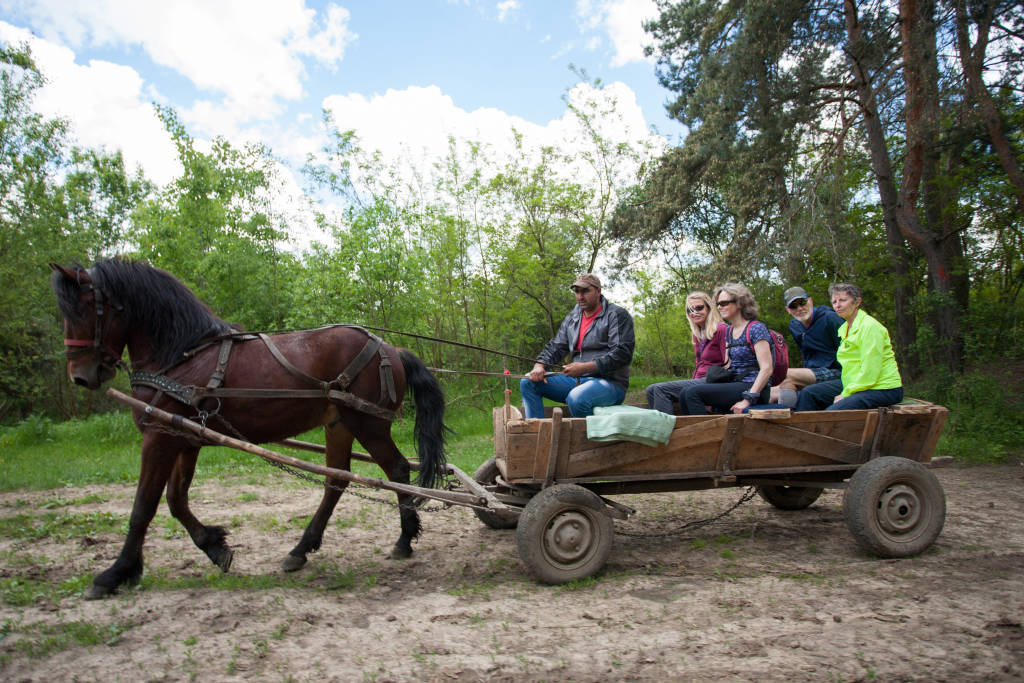 Horse and cart in Romania
Horse and cart in Romania Bali rice paddies
Bali rice paddies Cycling in Romania
Cycling in Romania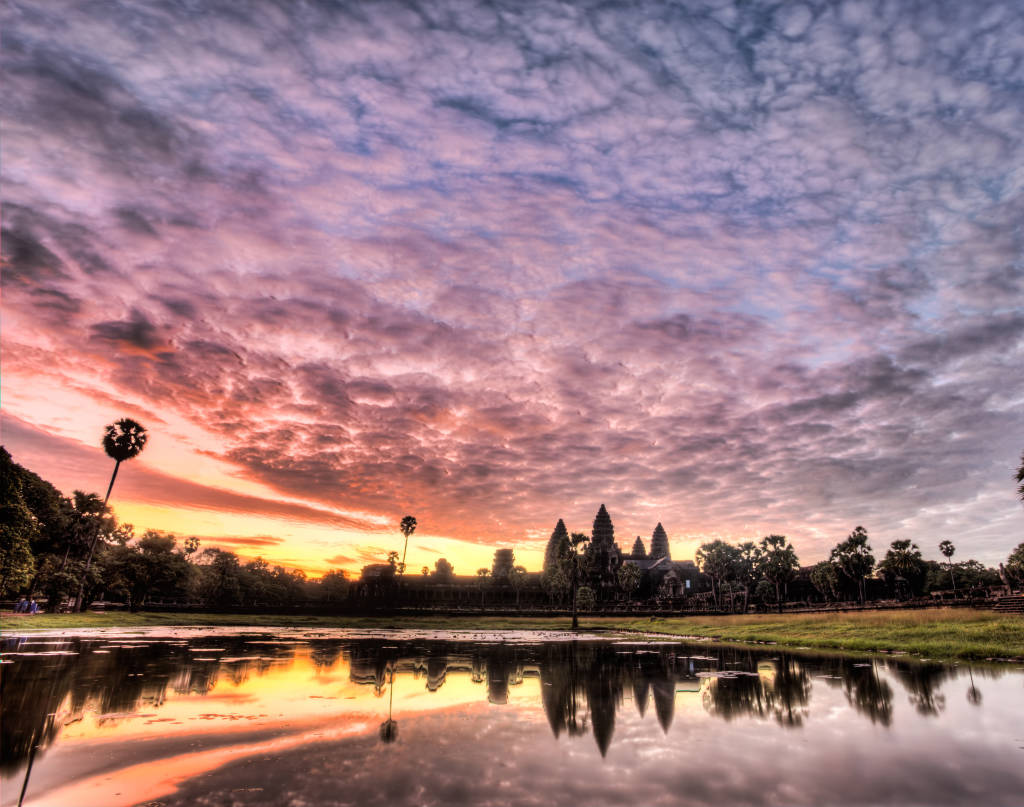 Angkor Wat
Angkor Wat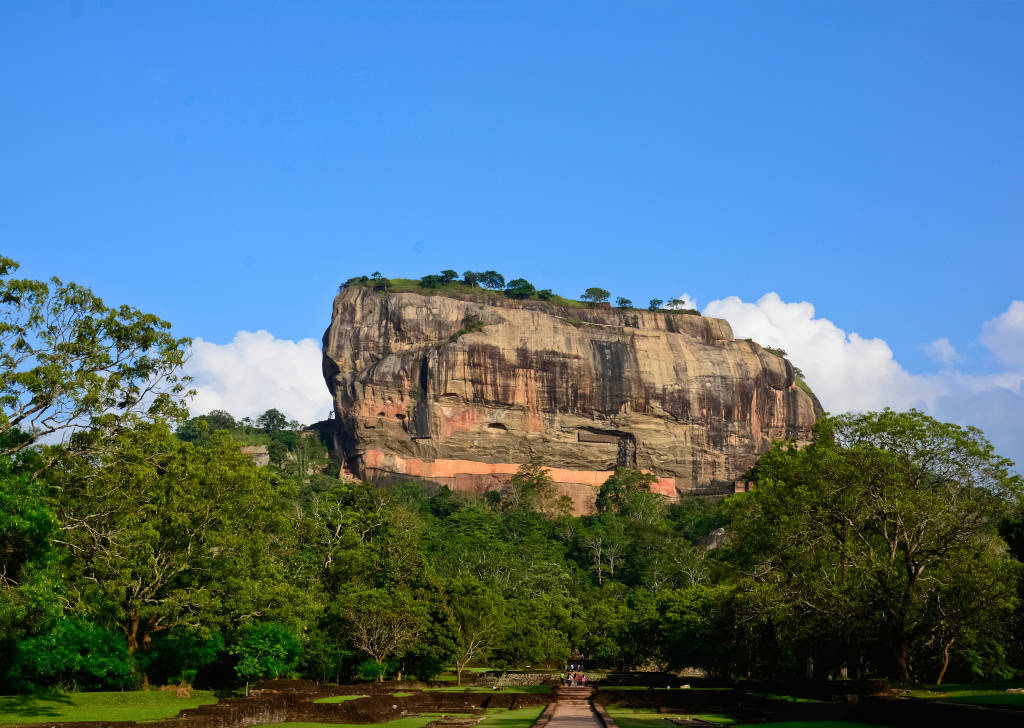 Sigiriya, Sri Lanka
Sigiriya, Sri Lanka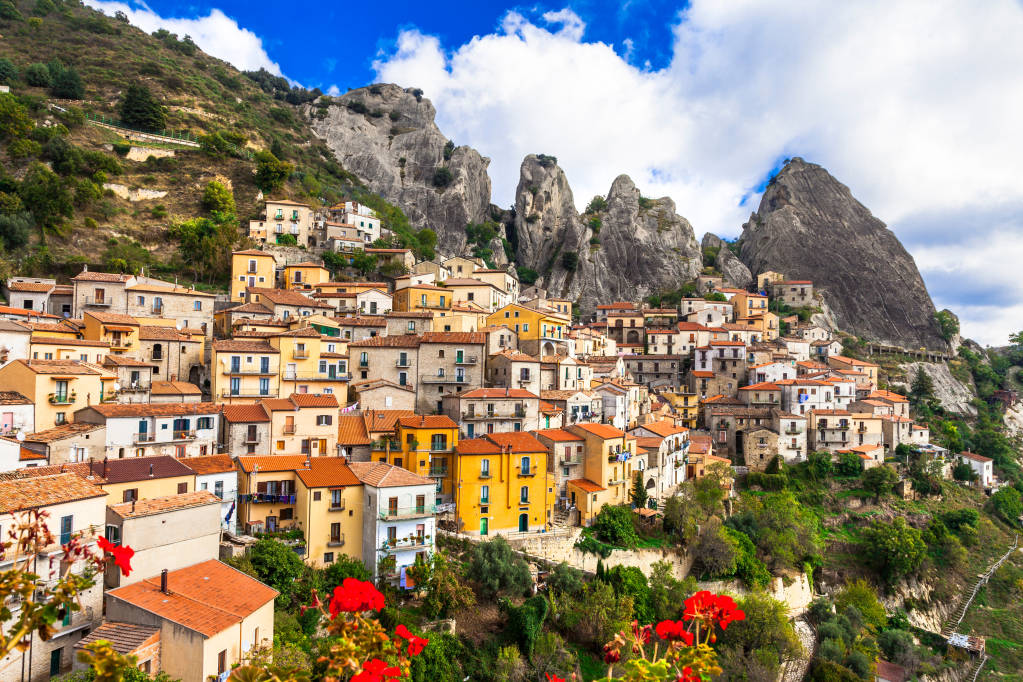 Basilicata, Italy
Basilicata, Italy
